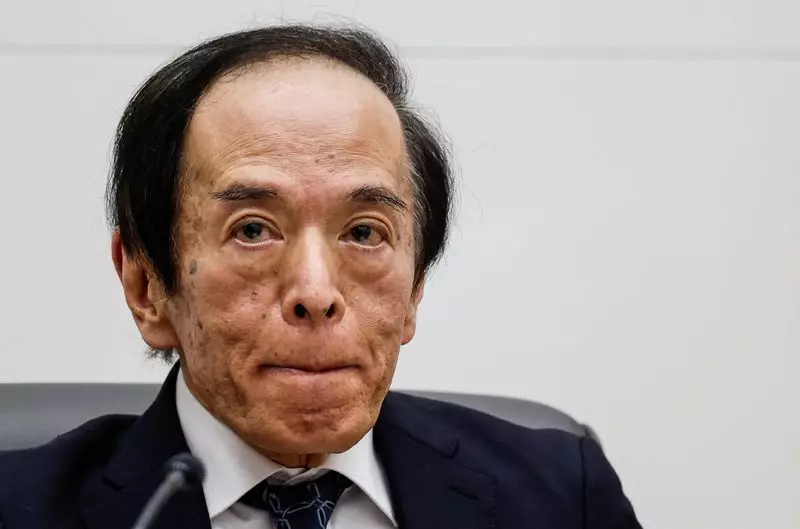In recent remarks delivered by Kazuo Ueda, the Governor of the Bank of Japan (BOJ), there were notable expressions of optimism regarding the country’s economic recovery. Ueda highlighted that Japan is seemingly making strides towards achieving sustainable, wages-driven inflation, a significant factor in the stabilization of the economy. However, despite this positive momentum, Ueda’s rhetoric lacked definitive cues regarding a potential increase in interest rates in the immediate future. This ambivalence has left market participants speculating whether further monetary tightening will occur as early as next month, amidst external uncertainties that could impact the financial landscape.
While Ueda reiterated the BOJ’s openness to raise borrowing costs should economic conditions align with forecasts, he also cautioned against complacency in light of various global uncertainties. Factors such as fluctuations in U.S. economic indicators and ongoing turbulence within international financial markets necessitate a cautious approach in the BOJ’s monetary policy strategy. Ueda’s statement that the timing of any adjustments to monetary support would hinge upon the “economic, price, and financial outlook” underscores the complexities that the central bank faces in navigating a dynamic economic environment.
Ueda’s cautious tone had immediate implications for market behavior, as evidenced by a minor uptick in the U.S. dollar against the yen. Following the governor’s speech, the dollar saw a 0.4% increase, a reaction driven by speculation that the BOJ would refrain from providing forthcoming signals about a potential December rate hike. Current market assessments suggest a 55% probability of a quarter-point hike to 0.5% at the meeting scheduled for December 19, a figure that has remained relatively stable in response to Ueda’s comments.
A recent Reuters poll conducted within the first two weeks of October indicated a divided perspective among economists regarding interest rate changes for the remainder of the year. Although a slim majority predicts that the BOJ would maintain current rates, nearly 90% of those surveyed anticipate an eventual increase by the end of March 2024. The BOJ has already adjusted its monetary policy by terminating negative interest rates in March and raising the short-term policy rate to 0.25% in July, catalyzed by the belief that Japan is on the brink of achieving its critical 2% inflation target.
Ueda underscored essential domestic factors propelling economic growth, notably rising wages and corporate profits, which are fueling consumption and capital expenditure. His assertions reflect a more optimistic outlook concerning consumer behavior, positing that the ongoing rise in wages will bolster spending. During October, a traditional month for price reviews, companies began increasing not only the prices of goods but also services, indicative of a shift wherein domestic economic drivers may be responsible for inflationary pressures rather than solely rising raw material costs.
The emergence of a positive feedback loop—a scenario where increased incomes lead to heightened spending—has been gaining traction within both corporate and household sectors. Ueda expressed confidence in the maturation of these domestic economic conditions, suggesting that the time is ripe for potential near-term rate hikes as market sentiment stabilizes and the economy continues its upward trajectory.
Global Considerations: The Impact of External Risks
Nonetheless, the BOJ must remain aware of external factors that can disrupt this optimistic outlook. Ueda noted that the prospect of improving conditions within the U.S. economy—a “soft-landing scenario”—is becoming increasingly plausible, with market sentiment appearing to strengthen in response to recent developments. However, he emphasized the necessity for vigilance concerning geopolitical uncertainties that could introduce renewed market volatility and hinder progress.
While Ueda’s comments reflect a cautiously optimistic view regarding Japan’s economic recovery and the potential for interest rate hikes, the BOJ’s path forward remains fraught with challenges and uncertainties. Striking the right balance between fostering domestic growth and navigating global risks will be critical as the central bank attempts to chart a course towards a robust and sustainable economic future.

